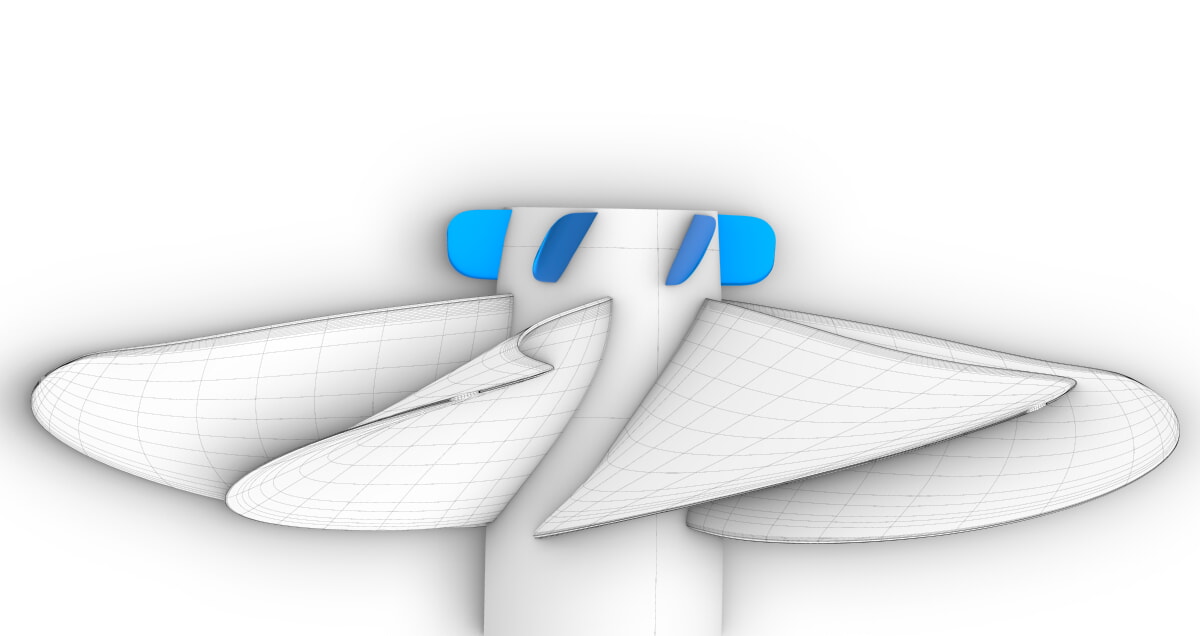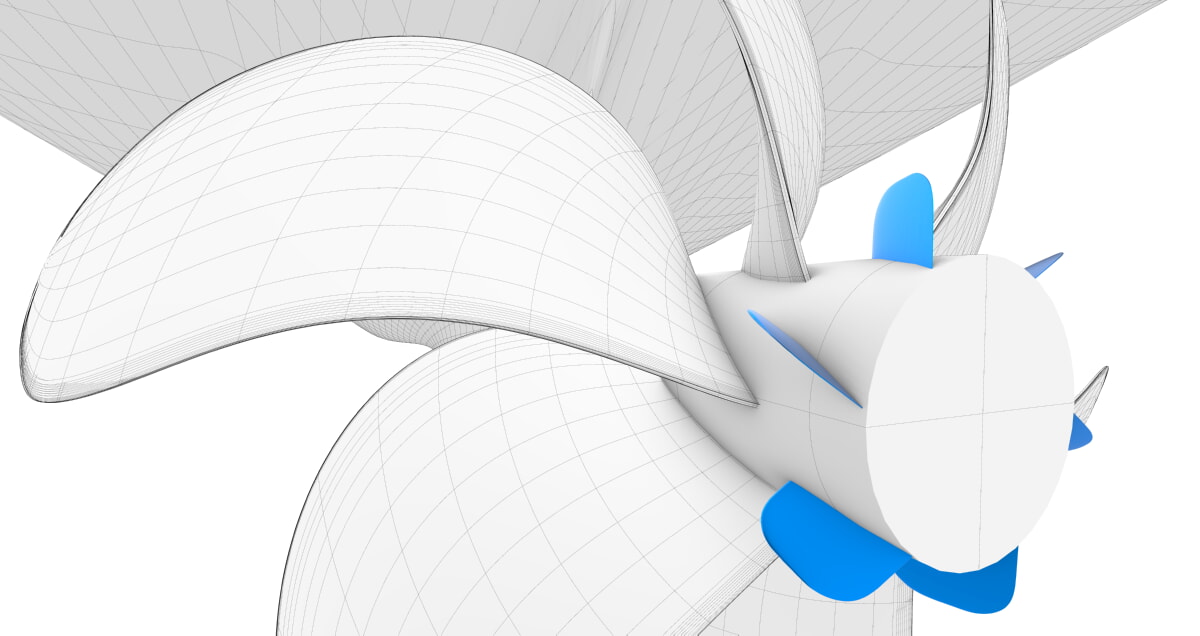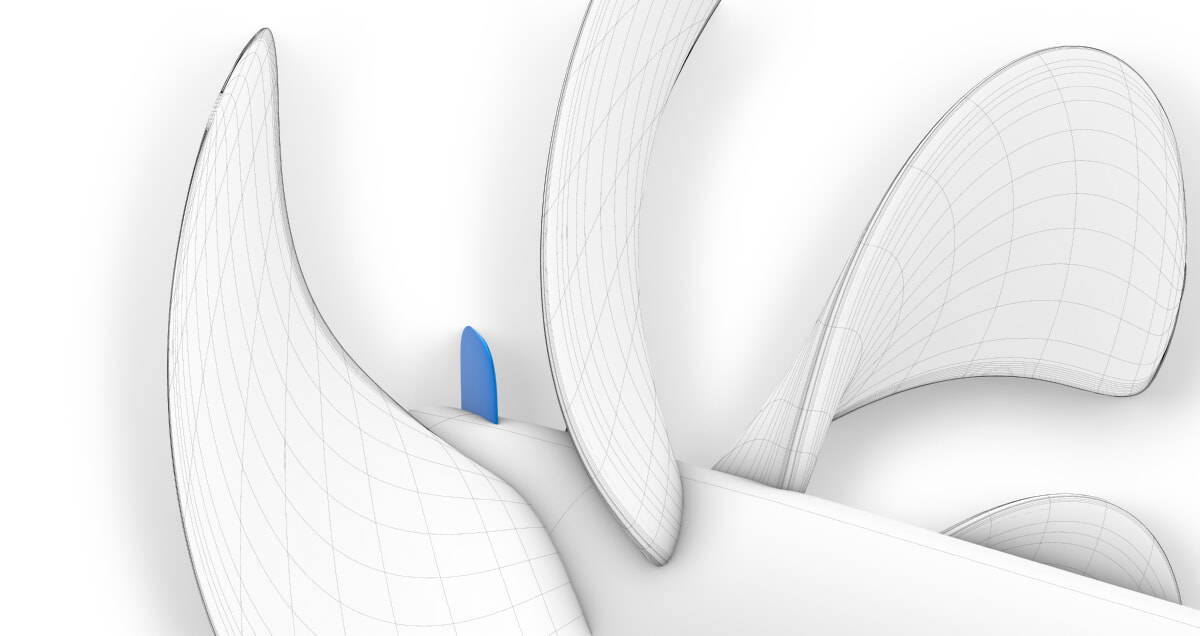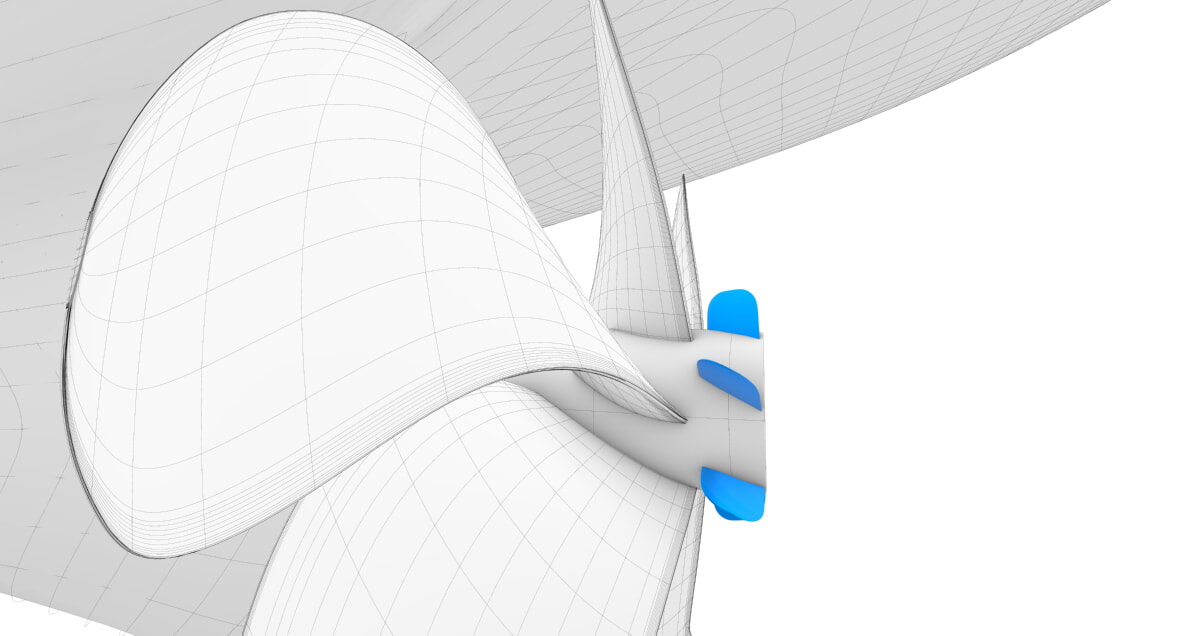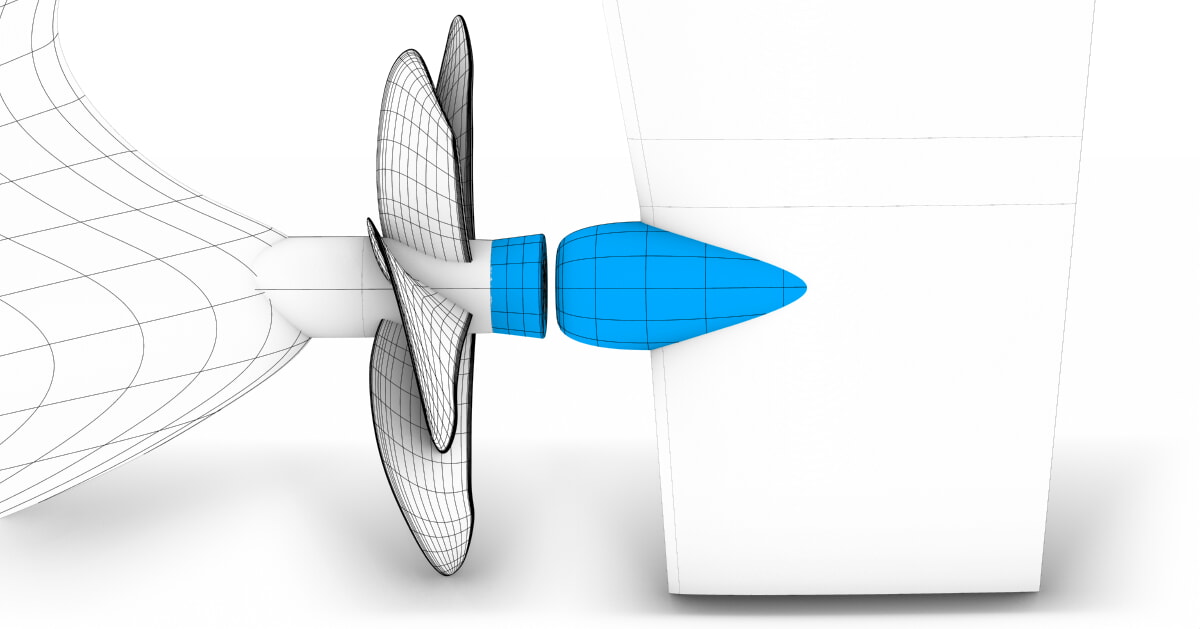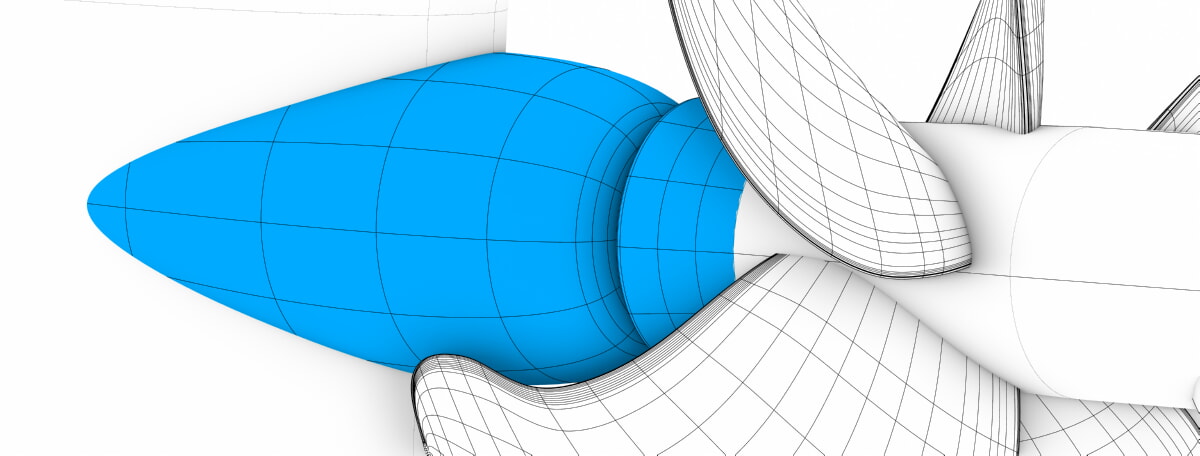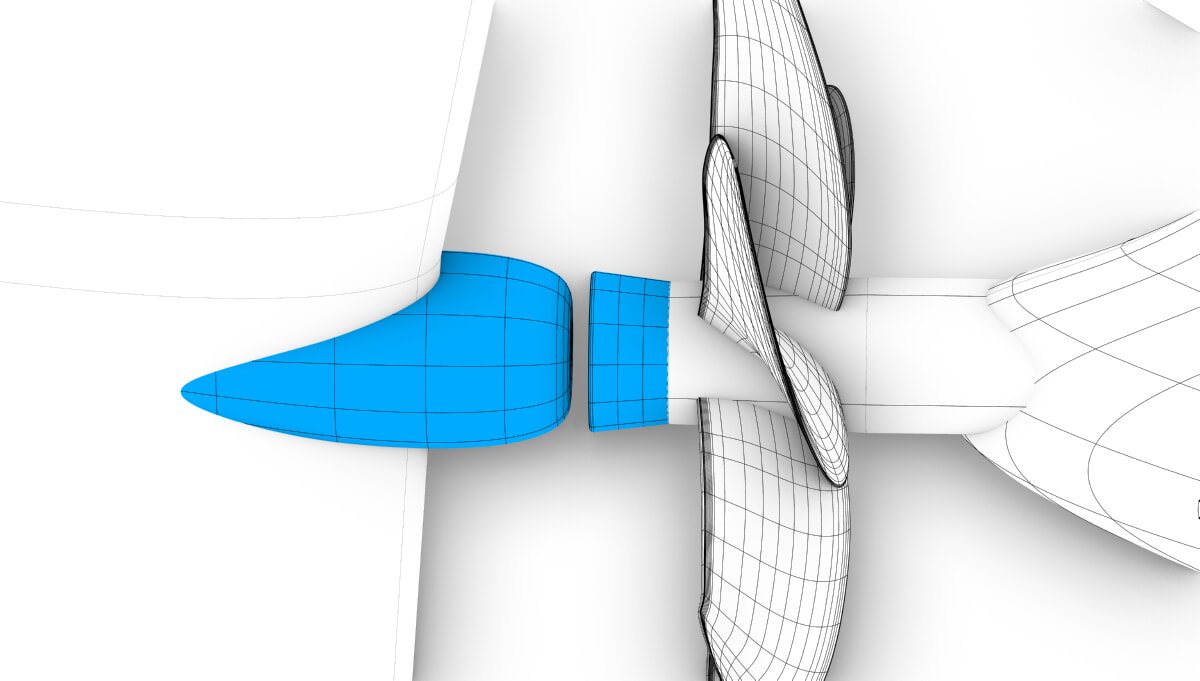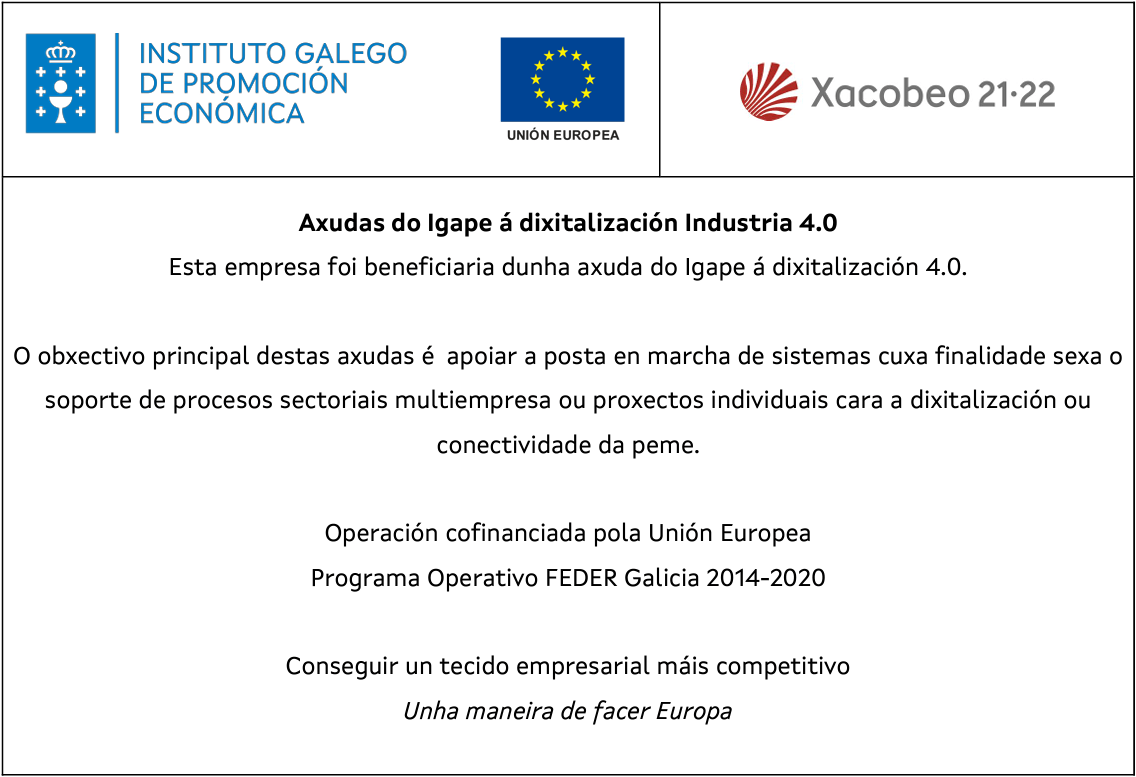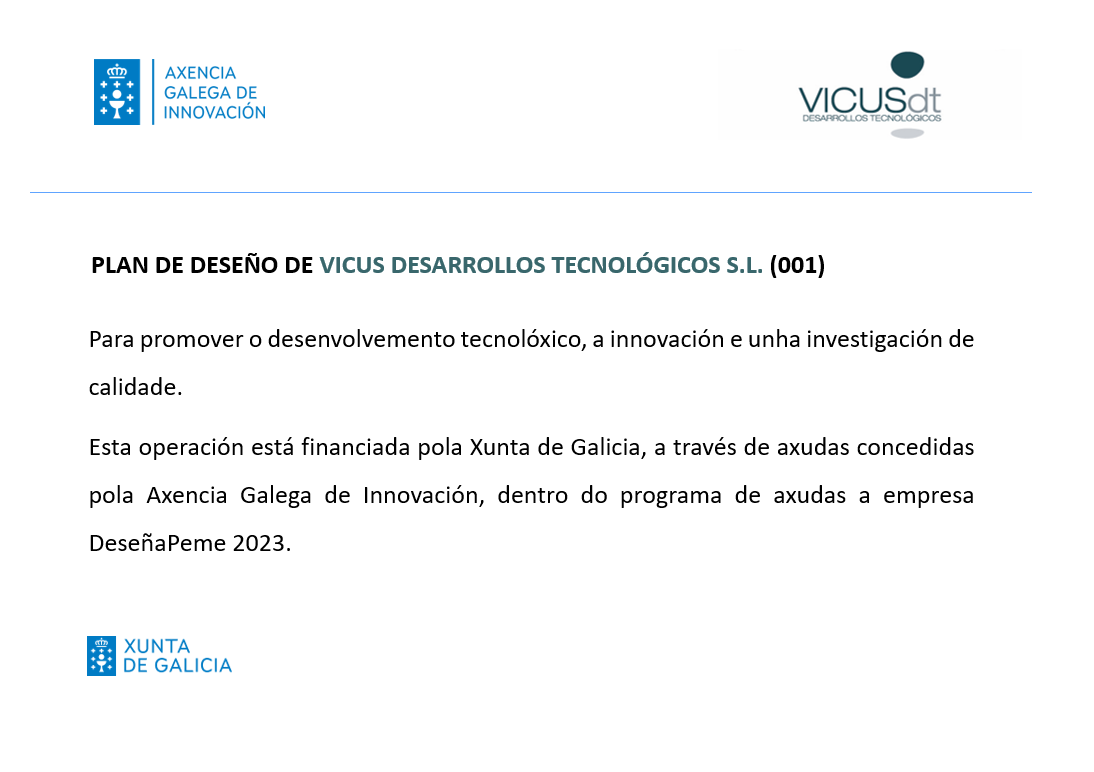Propulsion equipment
We’ll be pleased to answer your questions
Energy Saving Devices
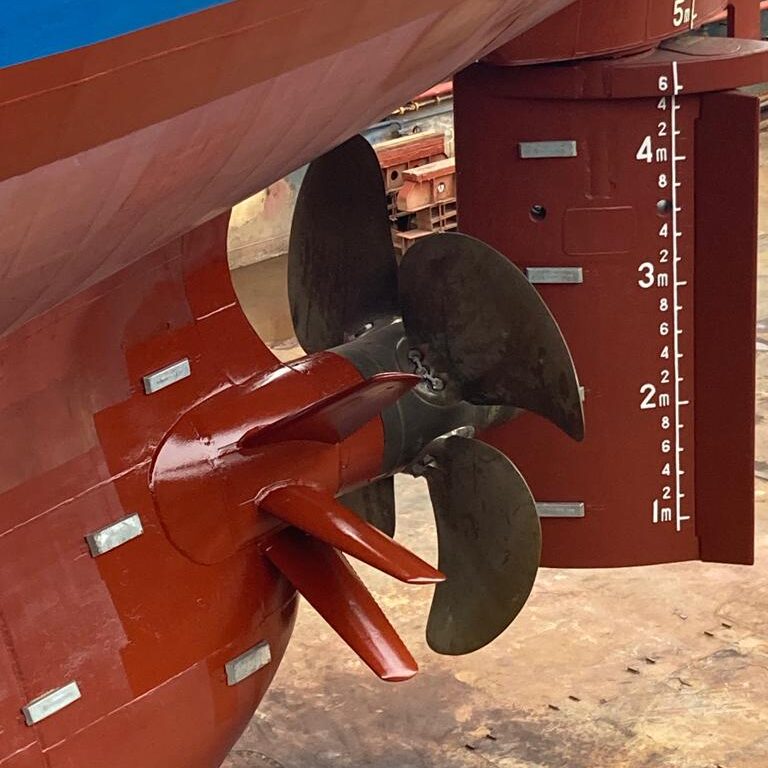
Systems designed to improve the efficiency of the ship’s propulsion system
Energy Saving Devices, or ESDs, are systems designed to improve the efficiency of the ship propulsion. The most appropriate device or combination of devices will depend on the specific vessel. They must be designed in conjunction with the propeller or propeller-nozzle assembly to achieve the greatest propulsive efficiency.
VICUSdt applies CFD based design methodologies for ESD selection and detailed design. The methodology has been developed and validated thought 15 years’ experience in propeller and nozzle design. It allows VICUSdt engineers to provide a personalized and comprehensive services in the design of the complete propulsion system.
PRE-DUCT
The Pre-Duct is a nozzle installed upstream of the propeller to improve the inlet Flow to the propeller. CFD based design is essential as an improper Pre-Duct design can, however, significantly increase drag and negatively affect the propeller performance.
The Pre-Duct is a structurally simple and robust solution. Being attached to the hull is more rigid and less prone to generate vibration. Yet, it is necessary to perform a complete FEM analysis that includes dynamic loads and fatigue evaluation, paying special attention to the connection with the hull.
The Pre-Duct is especially suitable for full-shaped vessels that operate at low speed, such as tankers and bulk carriers.
The Pre-Duct installation can achieve 2-6% propulsion efficiency improvements.
PSS (PRE-SWIRL STATOR)
PSS is comprised of fins installed in front of the propeller to modify its inlet Flow, thus improving its relative rotational performance. Although this technology has been known since the 1970s, its popularity has increased due to the use of CFD and FEM, that allows for more reliable solutions with optimized performance.
The design and manufacturing process is complex as many different aspects must be considered. In addition to CFD hydrodynamic optimization under various operating conditions, a detailed structural design, including connection to the hull, is required.
The structural analysis must include loads in the stator, loads induced by the passage of the propeller Blade, as well as other external loading derived from the behavior of the vessel at sea. These loads must be accurately calculated using full-scale CFD and then mapped onto the FEM model to perform static and dynamic analysis, and fatigue evaluation.
Static analysis evaluates stress fields and stress concentration points. Modal and Dynamic analysis is crucial to avoid resonance phenomena with the passing frequencies of the propeller blade. Proper fatigue assessment is critical to avoid problems throughout the vessel lifecycle. To sum up, design and manufacturing of PSS must be rigorous and precise to guarantee its optimal performance and durability under service conditions.
Despite its design complexity, Pre-Swirl Stator is considered one of the most promising elements to improve the energy efficiency of ships, as 4-8% improvements can be achieved at a reduced cost.
PBCF (HUB CAP WITH FINS)
The installation of a finned cap on the propeller, instead of the conventional protective cap, can have a similar effect to the rudder bulb. Both solutions act on the vortex energy of the propeller core.
The finned cap is usually made of bronze and can be quickly installed during docking, even underwater. It is important to note that it is not recommended to install the finned cap together with the rudder bulb unless the project has a very high core vortex intensity.
The design of the cap is carried out by CFD simulation under self-propulsion conditions, varying the size, the angle of the fin and the profile design. This is considered the most delicate and complex CFD design process, as it requires a precise and balanced adjustment of forces to obtain positive results.
Typical expected improvement values range between 0,5 and 2%.
TWISTED RUDDER & BULB
Rudder bulb plays an important role in recovering part of the rotational energy that is generated by the propeller interacting with hub vortex. This can result in an improvement in propeller performance. The rudder bulb can be combined with warping of the rudder leading edge, known as twist, that can also improve the performance of the propeller-rudder assembly.
From an economic point of view, the most convenient approach is usually to retrofit the existing rudder, which involves the manufacturing of new profiles or bulbs on the steel structure of the current rudder. The achievable improvement percentages can vary between 1.5 and 5%.








